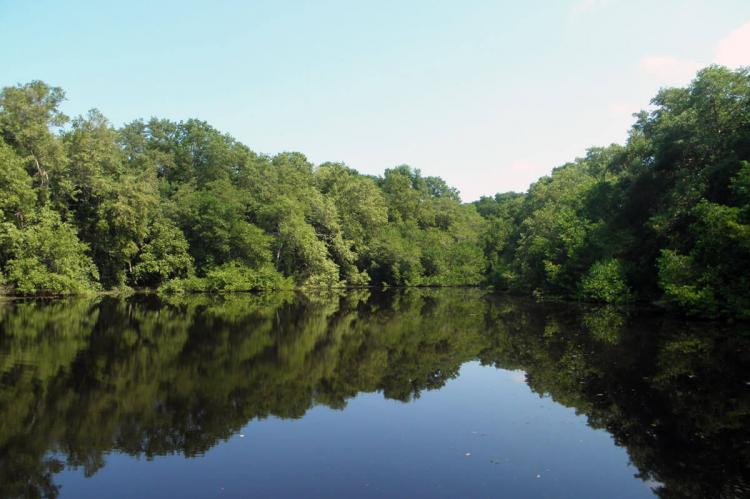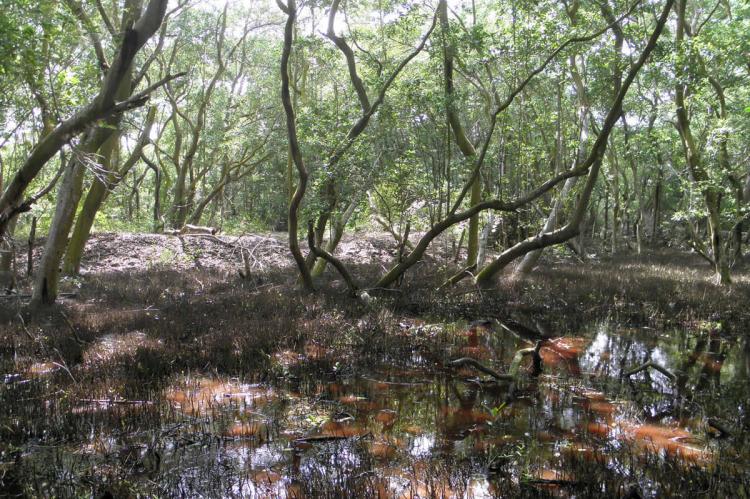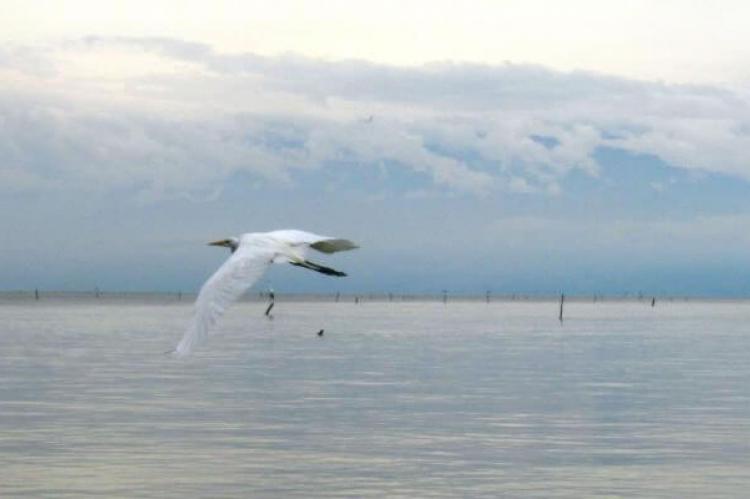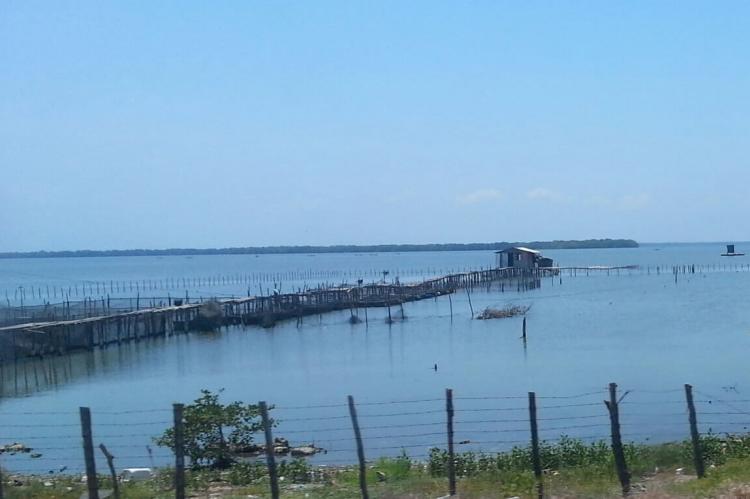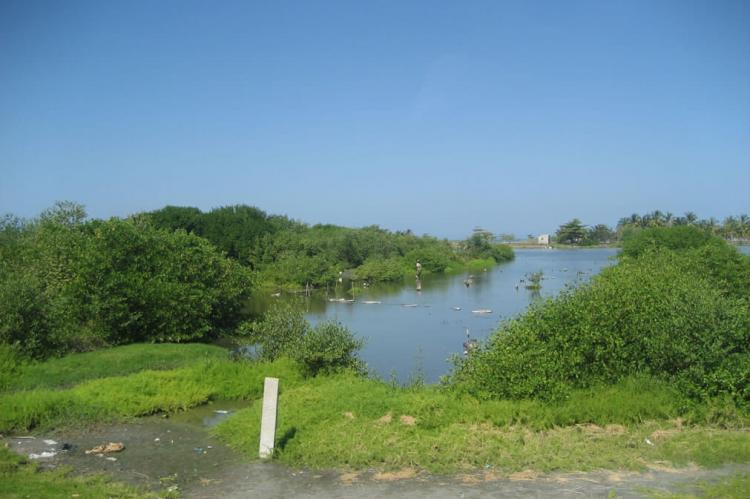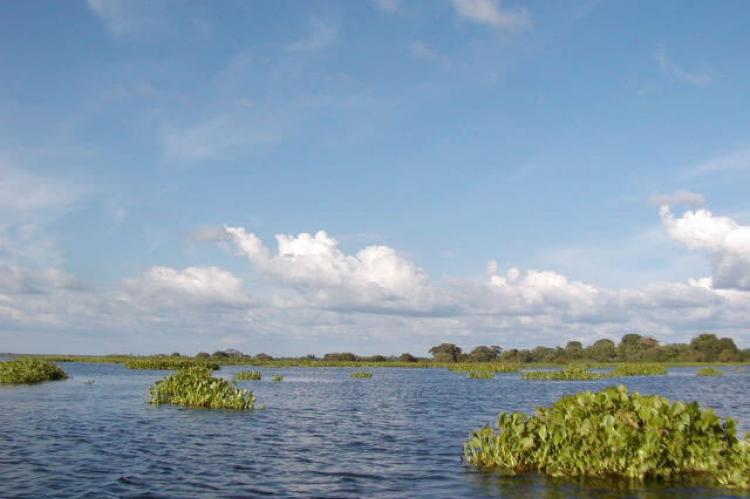Ecological Wonders of Northern Colombia: A Deep Dive into the Ciénaga Grande and Isla de Salamanca
Nestled in southwestern Ecuador, the Macizo del Cajas Biosphere Reserve includes a range of ecosystems, from high mountains to coastal and marine areas along the Pacific. El Cajas National Park forms the core zone. Ecosystem types include páramo, montane forest, cloud forest, and mangroves.
The Ciénaga Grande de Santa Marta Biosphere Reserve and Isla de Salamanca National Natural Park: Preserving Colombia's Coastal Treasures
Nestled in southwestern Ecuador, the Macizo del Cajas Biosphere Reserve includes a range of ecosystems from high mountains to coastal and marine areas along the Pacific. Encompassing 976,600 hectares (2,413,231 acres), the Reserve's core zone is El Cajas National Park, with the Quimsacocha National Recreation Area playing a crucial role in water provision and regulation. The Reserve features four major ecosystem types: páramo, montane forest, cloud forest, and mangroves, each contributing to its remarkable biodiversity and ecological significance.
Ciénaga Grande de Santa Marta Biosphere Reserve
Spanning 493,150 hectares (1,218,600 acres), the Ciénaga Grande de Santa Marta Biosphere Reserve is among Latin America's most extensive coastal wetlands. It is located near the Sierra Nevada de Santa Marta Biosphere Reserve, creating a unique interface between fresh and brackish water, shallow bays, and deeper coastal waters. This dynamic environment supports diverse ecosystems, including coral reefs, mangroves, saw grass marshes, and flooded and non-flooded forests.
The Biosphere Reserve is characterized by alluvial prairies within the primitive delta of the Magdalena River. These prairies include mud bank formations, lagoons, and channels with significant mangrove associations. The Reserve's complex habitat mosaic supports high biodiversity, with numerous plant and animal species adapted to the wetland's unique conditions.
Isla de Salamanca National Natural Park
Located on Colombia's Caribbean coast, Isla de Salamanca National Natural Park serves as the core zone of the Ciénaga Grande de Santa Marta Biosphere Reserve. This protected area, situated on the eastern outskirts of Barranquilla in the Magdalena Department, encompasses extensive mangroves, marshes, and wetlands.
The Park's strategic location at the confluence of freshwater from the Magdalena River and saline water from the Caribbean Sea creates a biodiversity-rich habitat. The dominant mangrove species include red mangrove, black mangrove, white mangrove, and buttonwood. These mangroves cover about a third of the Park's area and provide critical ecosystem services, such as coastal protection, water filtration, and habitat for numerous species.
Flora and Fauna
Flora
The flora within the Ciénaga Grande de Santa Marta Biosphere Reserve and Isla de Salamanca National Natural Park is diverse, reflecting the varied ecosystems they encompass. Mangrove forests are a significant component, with species such as red mangrove (Rhizophora mangle), black mangrove (Avicennia germinans), white mangrove (Laguncularia racemosa), and buttonwood (Conocarpus erectus). These mangroves are crucial for maintaining the health of coastal ecosystems, providing nursery grounds for fish, and protecting shorelines from erosion.
Saw grass marshes and tropical dry forests also characterize the region, with a variety of plant species adapted to the unique hydrological conditions of the wetlands. The complex interactions between fresh and saline waters create environments where specialized plant communities thrive, contributing to the overall biodiversity of the area.
Fauna
The fauna in these protected areas is equally diverse. Isla de Salamanca National Natural Park hosts 33 species of mammals, 98 species of invertebrates, nine species of amphibians, 35 species of reptiles, more than 140 fish species, and 199 bird species. Many of these species are migratory, endemic, or residents, making the Park an essential habitat for wildlife conservation.
Notable bird species include the American flamingo (Phoenicopterus ruber), herons and egrets, and numerous migratory birds that use the wetlands as a stopover. The Park's bird diversity makes it a critical site for ornithologists and bird watchers.
Socio-Economic Aspects
Approximately 200 people live within the Ciénaga Grande de Santa Marta Biosphere Reserve, engaging in fisheries, cattle grazing, banana and African palm plantations, and horticulture. These activities have historically impacted the wetlands' hydrological balance, mainly through agrochemicals and the discharge of toxic substances.
In the 1950s, the construction of the Ciénaga-Barranquilla road significantly altered the wetland ecosystem, disrupting the natural interface between the Magdalena River and the mangrove and marsh complexes. This disruption led to the hyper-salinization of lagoons and soils, causing extensive damage to mangrove forests and swamps.
To address these challenges, a project was initiated in 1994 to restore the coastal wetlands' hydrological equilibrium and improve local populations' socio-economic conditions. This project involves local participation and scientific support and aims to rehabilitate mangrove ecosystems and promote sustainable resource use.
Conservation and Management
The Ciénaga Grande de Santa Marta Biosphere Reserve and Isla de Salamanca National Natural Park conservation efforts are crucial for preserving their unique ecological characteristics. Key strategies include habitat restoration, sustainable management of natural resources, and community involvement in conservation activities.
Restoration efforts have focused on reestablishing the natural hydrological flows disrupted by human activities. This includes rehabilitating mangrove ecosystems, which play a vital role in maintaining the health of coastal wetlands. Scientific research and monitoring are integral to these efforts, providing data to guide conservation actions and assess their effectiveness.
Community engagement is also essential, as residents play a significant role in managing and protecting natural resources. Sustainable livelihood initiatives, such as ecotourism and sustainable agriculture, are promoted to reduce the impact of traditional practices on the environment and improve the socio-economic well-being of local communities.
Conclusion
The Ciénaga Grande de Santa Marta Biosphere Reserve and Isla de Salamanca National Natural Park are vital conservation areas in Colombia, offering a haven for diverse ecosystems and species. The combination of coastal wetlands, mangroves, and unique hydrological conditions creates an environment of exceptional ecological value. Conservation efforts, supported by scientific research and community involvement, are essential for preserving these natural treasures for future generations.
